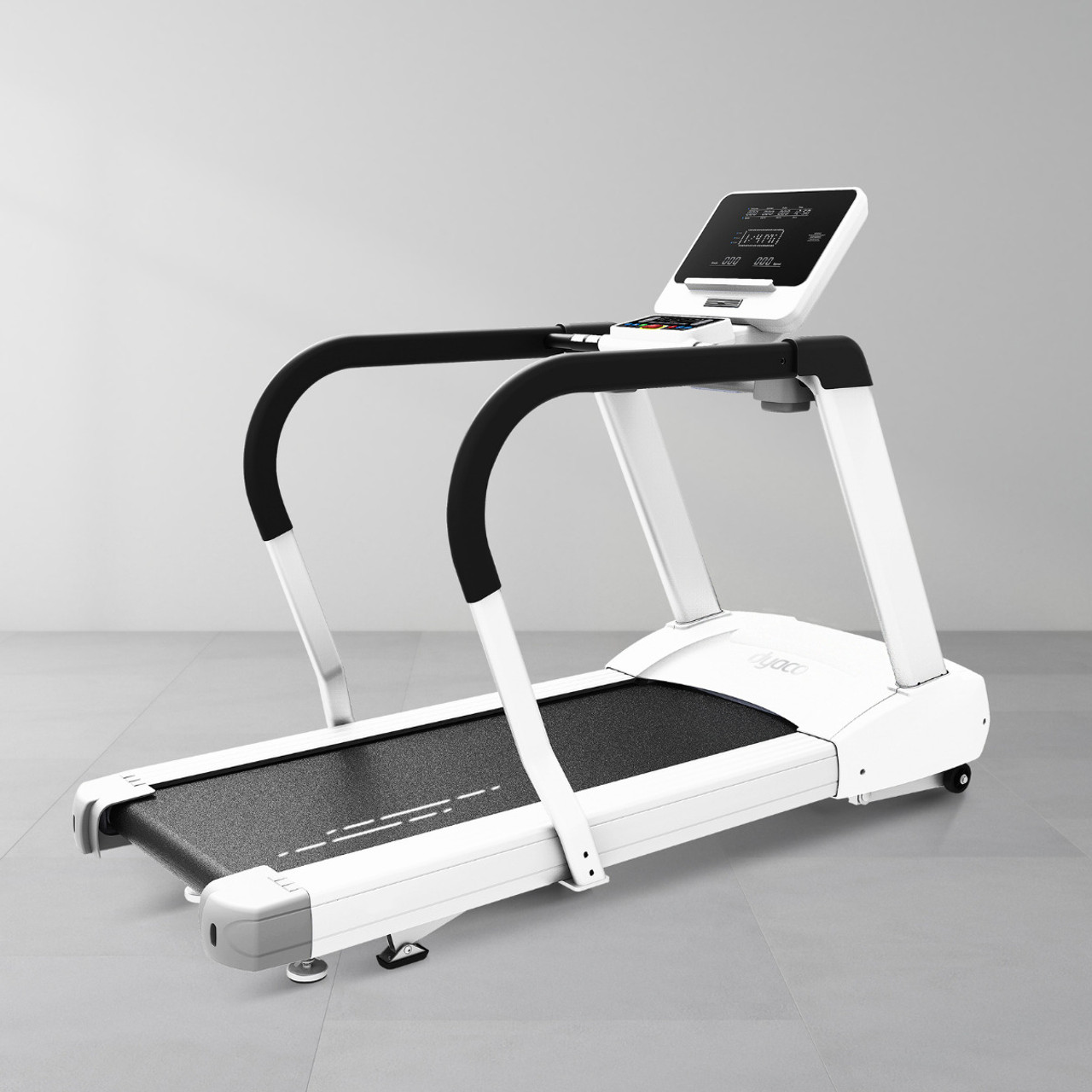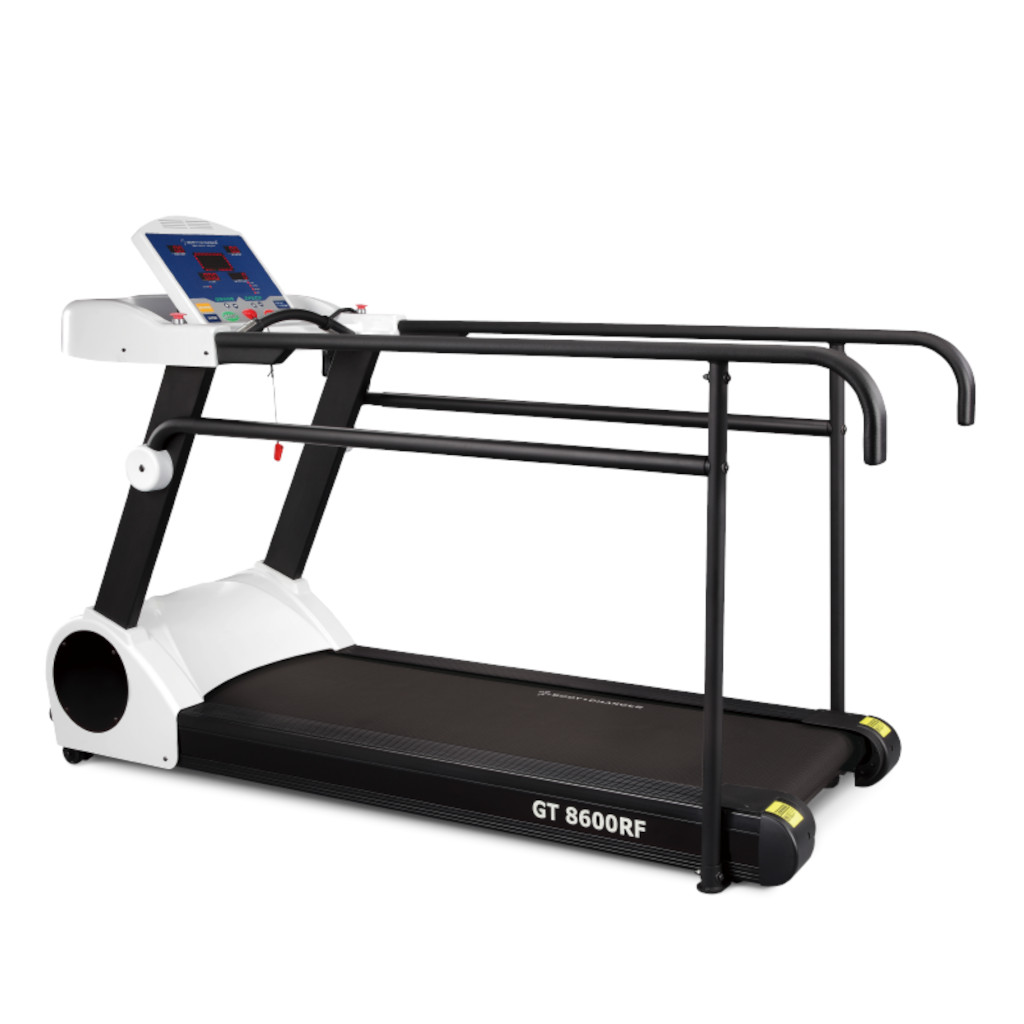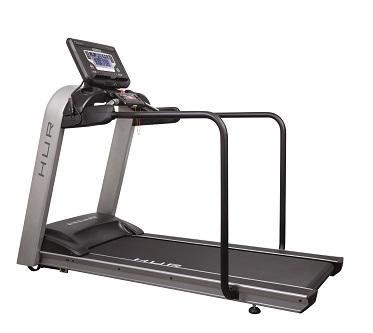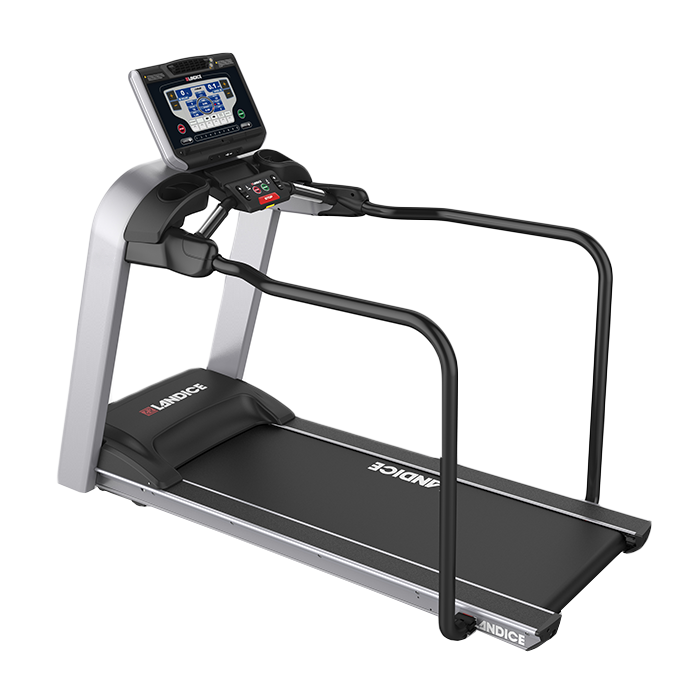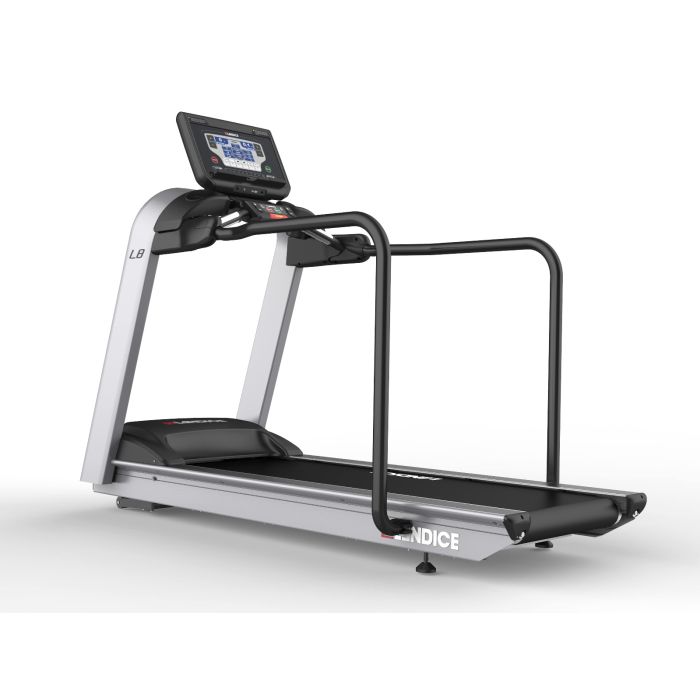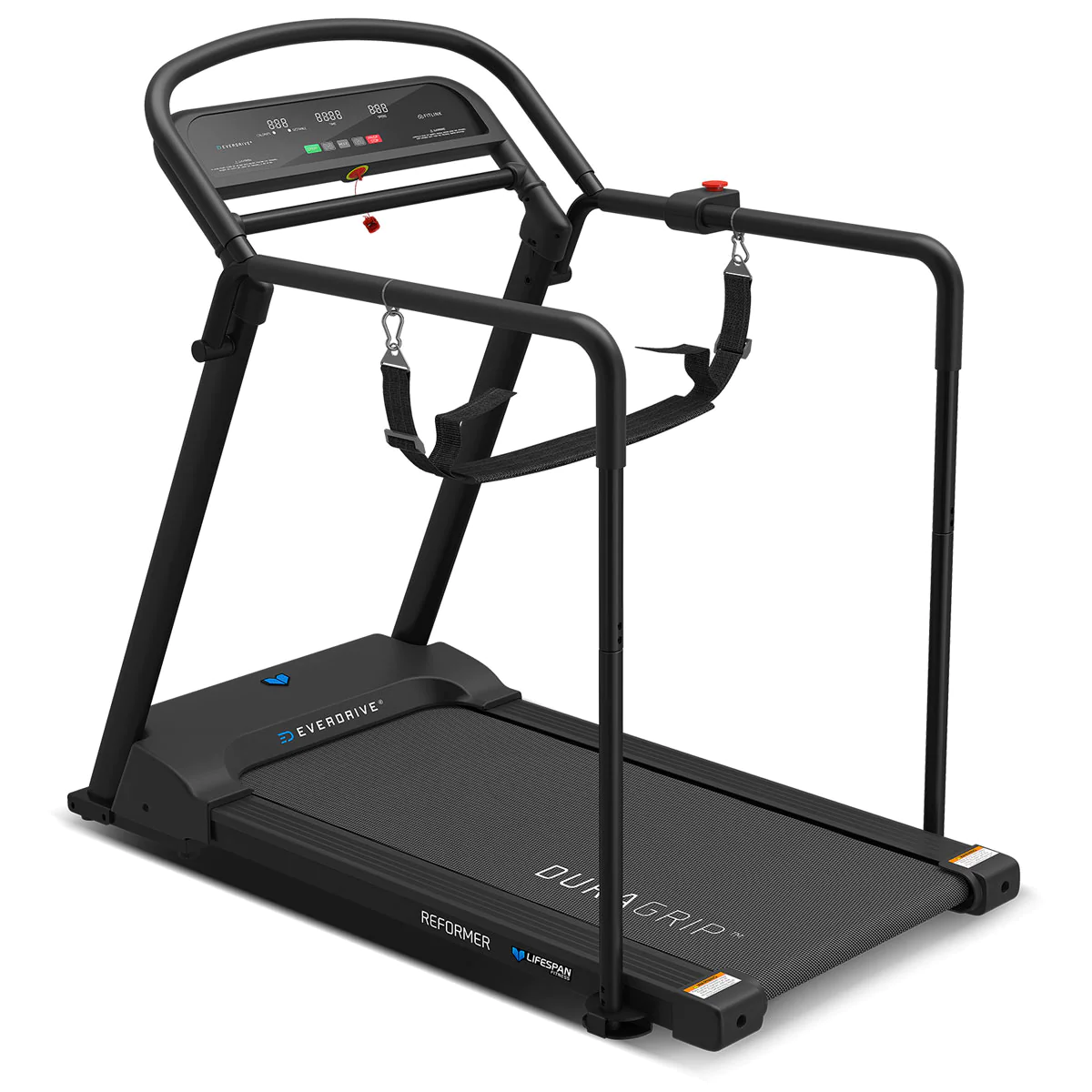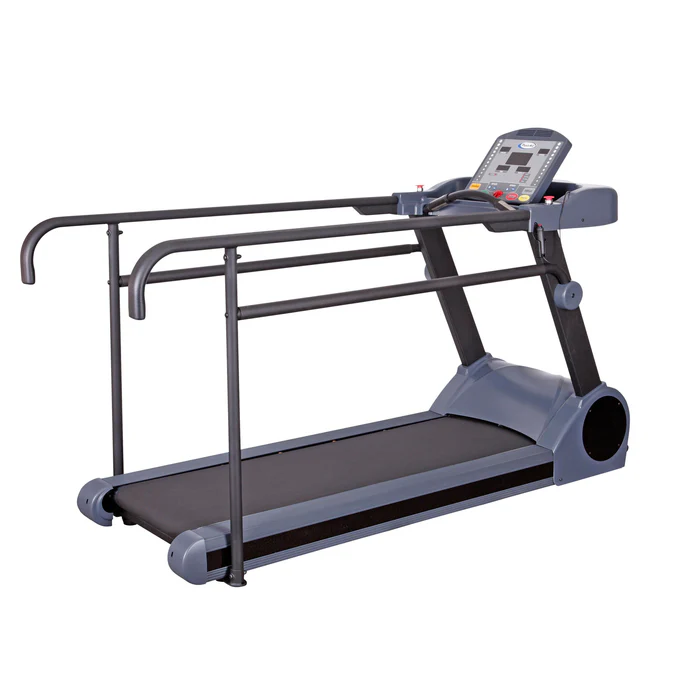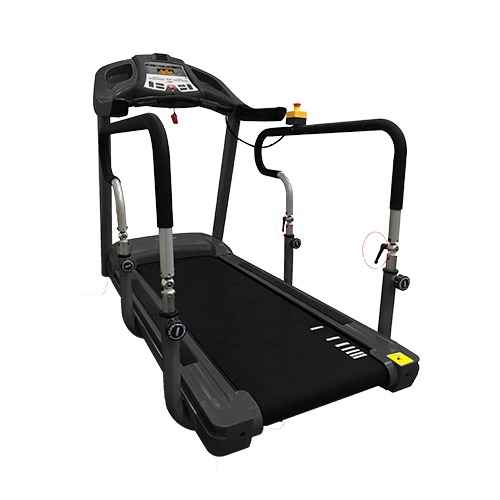Description
Rehabilitation treadmills are specialized devices designed to aid individuals in their recovery from injuries, surgeries, or chronic conditions. Unlike standard treadmills, rehabilitation treadmills often come equipped with advanced features that cater specifically to the needs of patients undergoing physical therapy. These treadmills may include adjustable inclines, varied speed settings, and user-friendly interfaces for therapists to monitor progress and customize rehabilitation programs. Many models are also equipped with safety harnesses and fall prevention systems, allowing patients to walk or run with confidence and reducing the risk of further injury.
One of the key benefits of rehabilitation treadmills is their ability to facilitate controlled weight-bearing exercises. For patients recovering from lower limb injuries or surgeries, these treadmills often incorporate antigravity systems that enable users to reduce their body weight while walking or running. This innovative technology allows for safe and effective training, enabling patients to engage in rehabilitation exercises earlier in their recovery process, which can significantly enhance outcomes and speed up healing. Additionally, therapists can adjust settings in real time to respond to a patient’s progress, making rehabilitation more dynamic and tailored.
Furthermore, rehabilitation treadmills play a crucial role in the overall therapeutic environment. They can be integrated with biofeedback systems or virtual reality interfaces, providing patients with an engaging and motivating experience during their workouts. This not only aids in physical recovery but also boosts mental well-being, as patients can see tangible improvements in their performance and regain confidence in their mobility. Overall, rehabilitation treadmills represent a pivotal tool in modern physical therapy, blending technology with therapeutic practices to help patients restore their strength, endurance, and functional abilities.

